Enhance vocabulary containing Greek and Latin roots with a Google Slides Interactive vocabulary notebook. Also available in print format.
Looking for Greek and Latin Root Word Resources?
You are in the right place! We’ve grouped 24 Greek and Latin root note-taking sheets for upper years students. There is enough material here to keep your root word study going for 24 weeks in a row.
Whether you have high readers, low readers, or EAL/D students, vocabulary instruction is a critical component in any balanced literacy program. This transitions into intensive word study and integrating Greek and Latin root words in higher grades. As students learn new words and build their vocabularies, they need somewhere to turn to record their learning. These organisers task the students with
- Learning the meaning of Greek and Latin roots
- Representing root words with images or pictures,
- Illustrating examples of words that have Greek roots and Latin roots
- Writing sentences using words containing Greek and Latin roots.
The Frayer Model – Graphic Organisers
This set of Frayer-model graphic organisers serves as an excellent note-taking tool for studying roots. It is available in both Google Slides and printable PDF format to meet the needs of all learners.

Greek and Latin Roots List
The following Greek and Latin roots are in the worksheet selection:
| port | metre | phobia | geo | photo | spect | rupt | graph |
| ject | aqua | phon | therm | scope | scrib | man | chron |
| fract | opt | ped/pod | auto | tele | agri | cycle | aud |
These note-taking organisers also correspond with the following resources
With these organisers, students will grow their vocabularies and increase their abilities to use word parts to gain meaning from text.
Before You Download
This resource is available in Google Slides Interactive format and a black-and-white printable PDF. Please choose between the PDF or Google Slides Version in the dropdown menu.
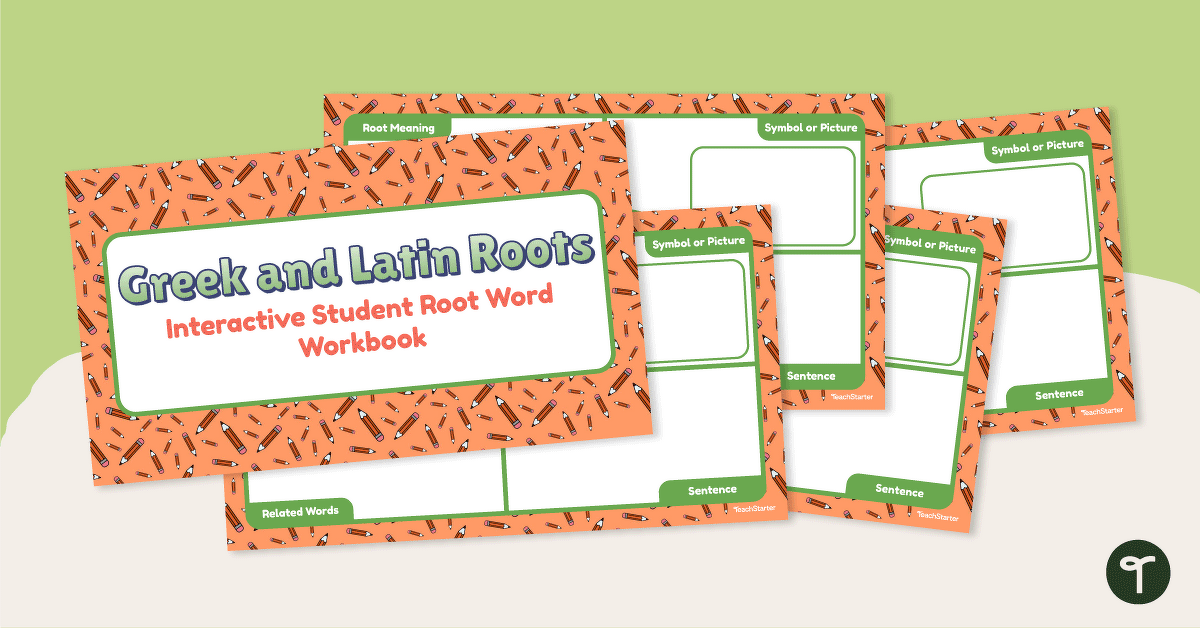
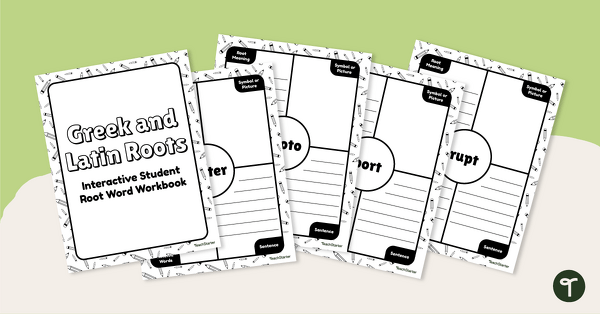

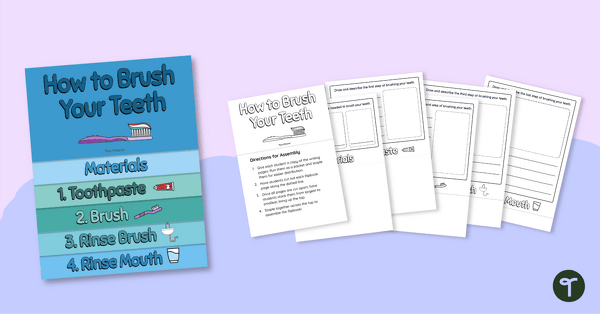
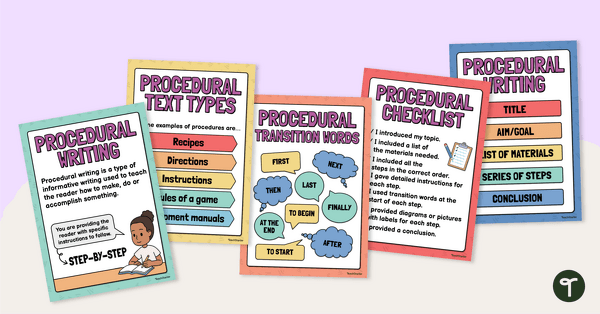
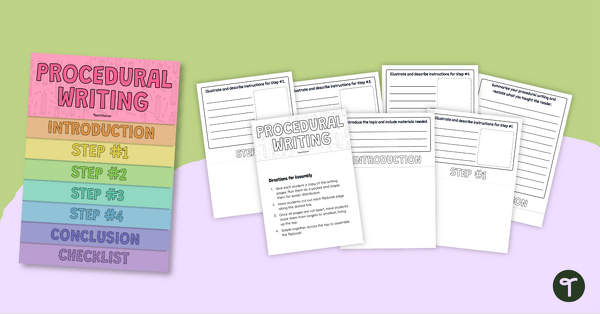
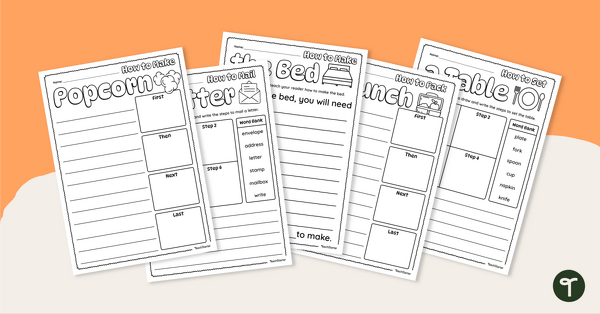
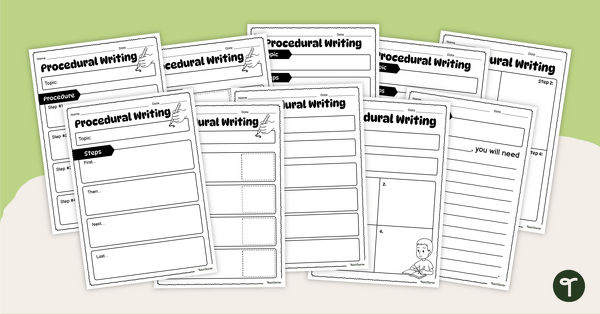
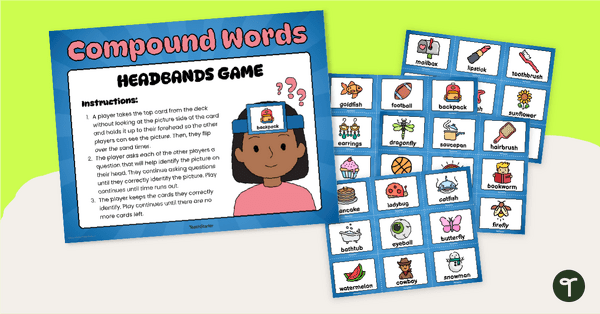
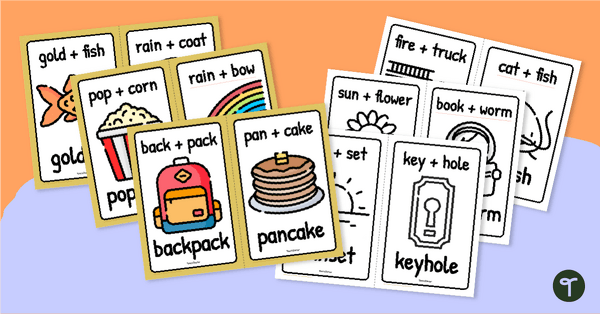
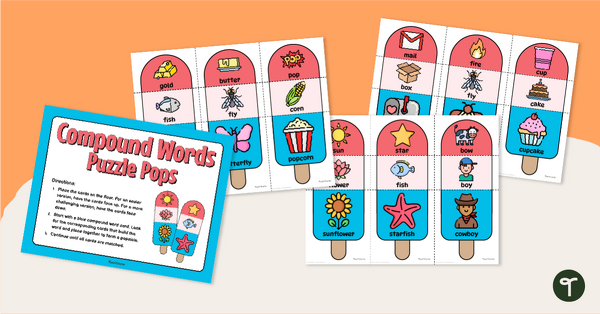
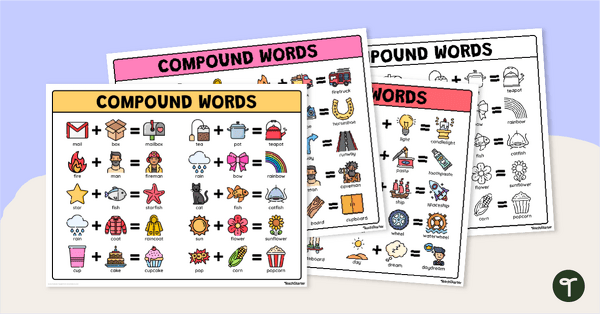
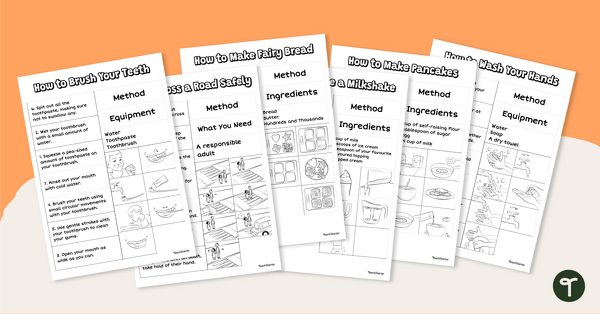
0 Comments
Write a review to help other teachers and parents like yourself. If you'd like to request a change to this resource, or report an error, select the corresponding tab above.